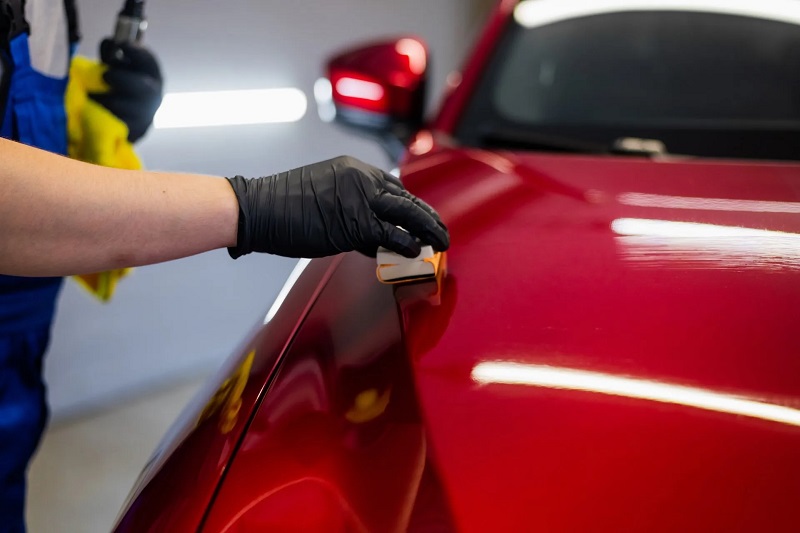Questions to Ask Before Getting a Ceramic Protecting Coating

Are you worried about your car’s paint peeling off, making it look worn out and aged? Don’t you wish it had the lustre you often see in other vehicles? Getting paint work is helpful, but only to a certain extent.
Your car’s paint is likely to incur damage from various sources, including pollutants, tar, tree sap, bird droppings, grease, and dirt. Without an efficient protectant, these will damage your car’s appearance.
A ceramic paint protection coating is the best way to protect your exteriors from pollutants and contaminants. Although regular factory paint is helpful, it quickly wears away despite your taking the utmost care and precaution.
You should consider getting ceramic paint protection if you haven’t already. It lends your car a continuous shine that doesn’t wear off quickly. It is also cost-effective since one coating lasts for a long time.
But before you go ahead and contact a company specialising in ceramic coating, it would be helpful to ask some questions as mentioned below.
Which parts of the car does it protect?
Paint protection benefits your exterior, alloy, leather, glass and fabric.
Exterior
Protecting your vehicle’s surface from contaminants and pollutants is crucial since it is highly vulnerable to them. Even a little dirt can ruin the vehicle’s appearance, making it look older and worn out.
Ceramic protection consists of a hydrophobic and anti-graffiti effect, preventing any liquid coming into contact with its surface from sticking and leaving water spots. Instead, the water, dirt and grime roll off the surface, making it easier to clean your car and keep it clean for long.
The reason paint protection works so effectively is that it forms a permanent attachment to the paintwork, which is so strong that it can be disturbed only through abrasion.
Alloy
The paint coating is also beneficial for your wheels and prevents its rims from accumulating brake dust. Brake dust damages your wheels because it collects on the surface, causing pitting and staining.
Using soap and water is helpful only in some cases. For instance, when you have oil residue and such grime, it does not help you get rid of them.
Besides ruining the appearance of your car’s wheels, this dust is also harmful to the environment, as it’s responsible for 20% of fine particulate matter pollution.
Glass
A hydrophobic glass coating prevents the water from sticking onto its surface, leading to water spots. Hydrophobic refers to any glass with self-cleaning properties.
Instead of collecting on the surface, the water rolls off quickly, even at low speeds. It also removes the need for a windscreen wiper which impedes your visibility while driving.
Leather
Your seats are covered with expensive leather, which risks being damaged from chemicals, liquid spills, and UV rays. Even a minor spill of water, coffee, tea or any liquid causes a depletion of oil in the leather, leading to cracks.
Why should you opt for nanotechnology?
Before giving your car a coating, you should consider asking the company if they offer ceramic nanotechnology. It refers to a technology that utilises nano polymers, penetrating even the minutest imperfections and attaching to the surface to provide unparalleled protection.
Does it come with a warranty?
Ceramic paint protection comes with a manufacturer’s lifetime warranty with SGS certifications, covering environmental fallout damage such as bug splatter, tree sap, bird dropping etc.
What about its maintenance?
Minimal maintenance is required for paint protection, excluding the necessity for polishing or waxing. However, experts suggest cleaning it with a natural pH shampoo and microfibre wash mitt once the coating is complete.
You should consider ceramic paint protection coating for your car, as it’s the best defence against stains, pollutants, chemicals, and other contaminants. It protects all the parts of your vehicle, including its exterior, alloy, leather, fabric and glass.